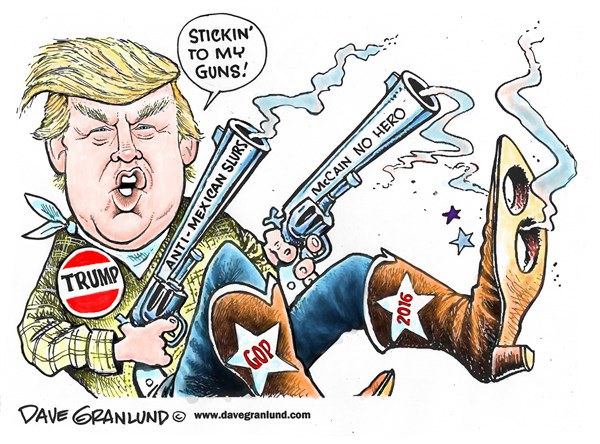- Quotes and how to find good ones
- Quotes are like Cayenne Pepper
Quotations must be identical to the original, using a
narrow segment of the source. They must match the source document word
for word and must be attributed to the original author.
Paraphrasing involves putting a passage from source
material into your own words. A paraphrase must also be attributed to
the original source. Paraphrased material is usually shorter than the
original passage, taking a somewhat broader segment of the source and
condensing it slightly.
Summarizing involves putting the main idea(s) into
your own words, including only the main point(s). Once again, it is
necessary to attribute summarized ideas to the original source.
Summaries are significantly shorter than the original and take a broad
overview of the source material.
Which of the three need an internal citation?
"Shitty First Drafts"
Find a Point, Example (Quote), and Explanation
- Paragraph topic: How to defeat writer's block
- Paragraph topic: What is Anne Lamott's writing style
YOUR SOURCE:
- Find 3 good quotes and explain why they are good
OUTLINE:
- With a partner, walk them through your outline and see if they have any questions or find any gaps or leaps in what you are planning on writing.
- Remember: This is a short paper so keep the details focused on your overall thesis
Homework:
